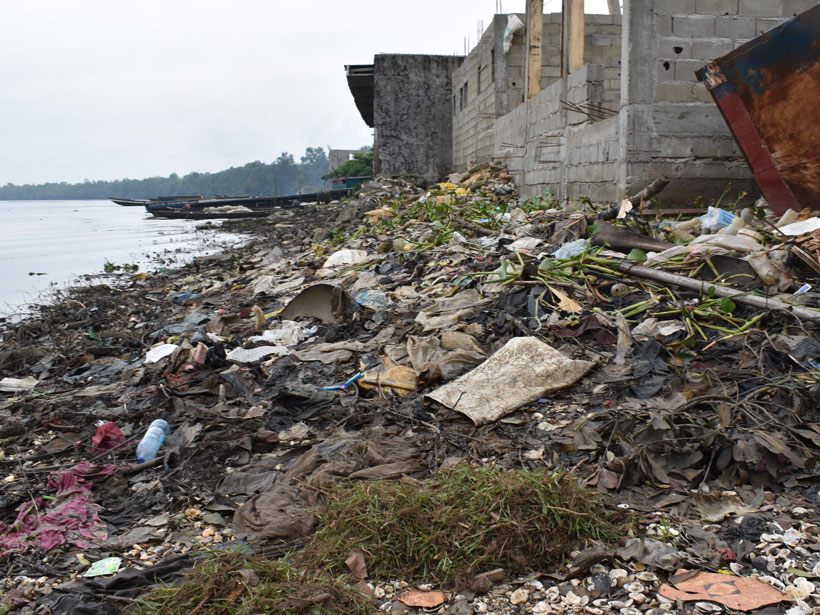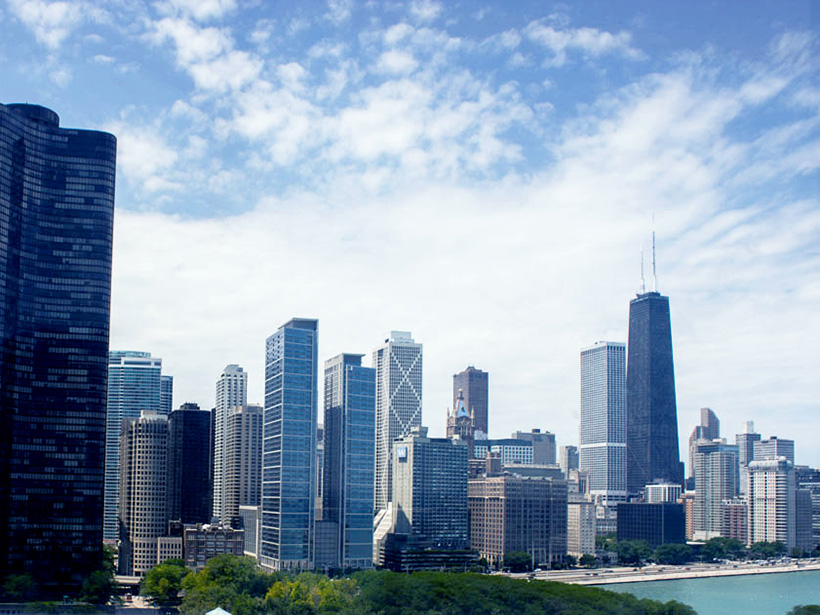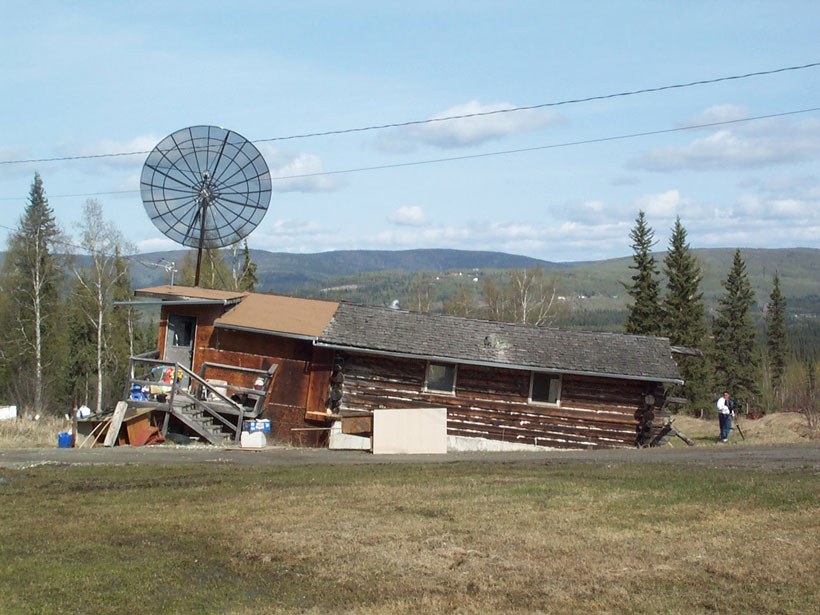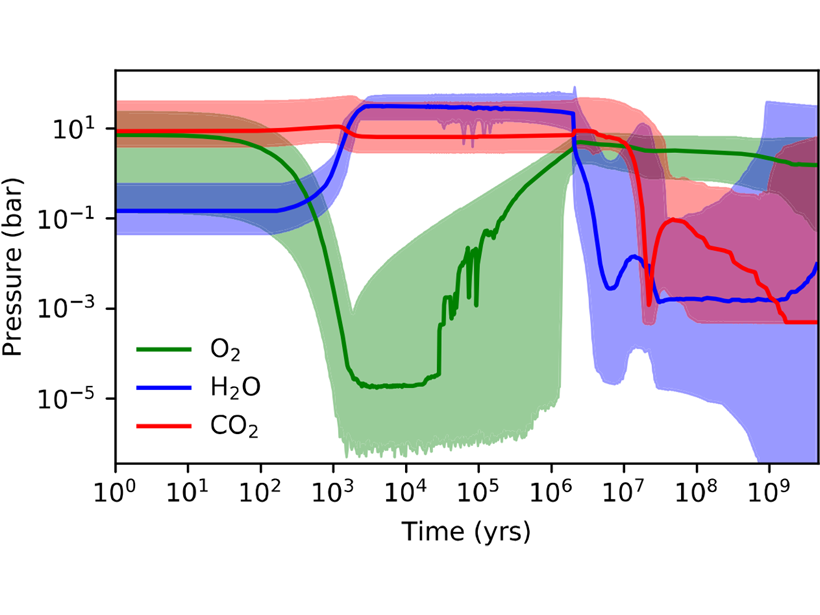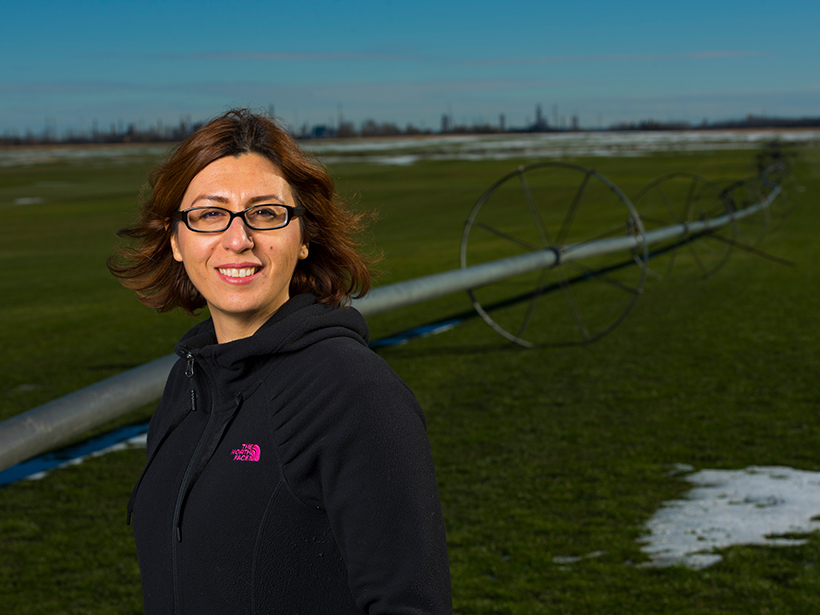Hundreds of slow-moving landslides’ deformation patterns were inverted to obtain their thickness and frictional strength, revealing that larger landslides are weaker and thinner than smaller ones.
2021 CC BY-NC-ND
Cameroon’s Mangrove Forests Are Choking on Plastics
Rapid urbanization and insufficient waste management are threatening the environmentally and culturally vital Wouri Estuary. Solutions are needed to save these and other mangroves around the world.
Many U.S. Cities Severely Underreport Their CO2 Emissions
Although unintentional, these errors may undercut local government efforts to tackle climate change.
Mapping the People, Places, and Problems of Permafrost Thaw
By combining demography data with permafrost maps, researchers provide a first count of the population on permafrost and predict its imminent decline.
Is Atmospheric Oxygen a Planetary Signature for Life?
While some Earth-like worlds can generate significant O2 only by biology, “waterworlds” and “desert worlds” can build up O2 even without life because of chemical changes from atmosphere loss to space.
Repensar el concepto de agua virtual en el mercado comercial mundial
Las discusiones sobre el comercio mundial están comenzando a considerar el agua que se necesita para producir bienes exportados. Algunos científicos sostienen que este enfoque debería tener una perspectiva regional más que global.
Podcast: What’s It Like Pretending to Live on Mars?
We spoke with science writer Kate Greene about her experiences on a 4-month-long Mars analog mission.
Geomojis Translate Geoscience Across Any Language
Newly created pictograms aim to easily communicate geoscience and geohazard terms.
Landslides Mar the “Pearl of Africa”
Behind Uganda’s lavish beauty, climate change has taken its toll: Death, destroyed properties, and displaced communities increase as above-normal rainfall floods the country.
Reimagining STEM Workforce Development as a Braided River
A contemporary approach to today’s science careers looks less like a structured pipeline and more like a collection of paths that change and adapt to the needs of the individual.


